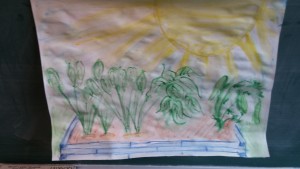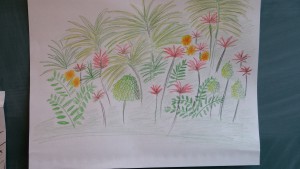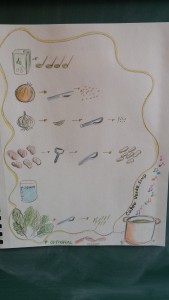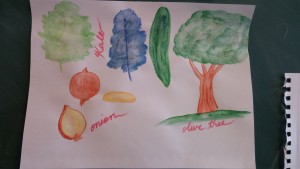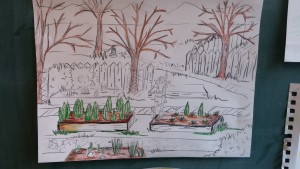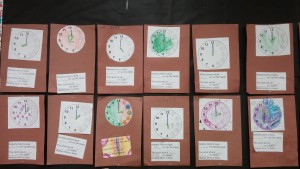Inquiry: Teaching Philosphy
My goal as an educator is to aspire to engage students in rich and meaningful learning that will provide them with the tools they need to be successful in the classroom and beyond. I also want to help my students develop their passions , sustain their curiosity and help them reach their fullest potential.
I want my students to walk into their classroom feeling comfortable and confident to safely express their feelings, thoughts and needs with each other as well as to their teachers.
I want to ensure my students are all given an opportunity to be positively heard. I am extremely conscious with the power and impact of speech and body language it can have on another’s social emotional development. I want my students to feel safe in my classroom.
I will strive to listen attentively and maintain a positive and trusting relationship to allow open communication between children and families. In order to build good-rapport in a group setting, I will encourage positive behaviour support language while maintaining an inclusive framework that adapts to meet each child’s needs.
I want to guide my students to reach and explore their learning potential. I acknowledge, celebrate, and respect each child as unique individuals rather than just focusing on their behaviours. My goals as an educator would be to ensure that I meet each child’s needs to reach their learning potential, and the challenge of becoming one is acquiring knowledge and accessing resources to aid their exploration.
After taking a First Nations foundation course, I was shocked to know how lacking of Indigenous people’s involvement with history of Canada I had from my elementary and high school curriculum. I want to provide opportunities for my students to respectfully recognize knowledge of Indigenous peoples and an accurate account of decolonized history of Canada at an adequate age developmental level.
